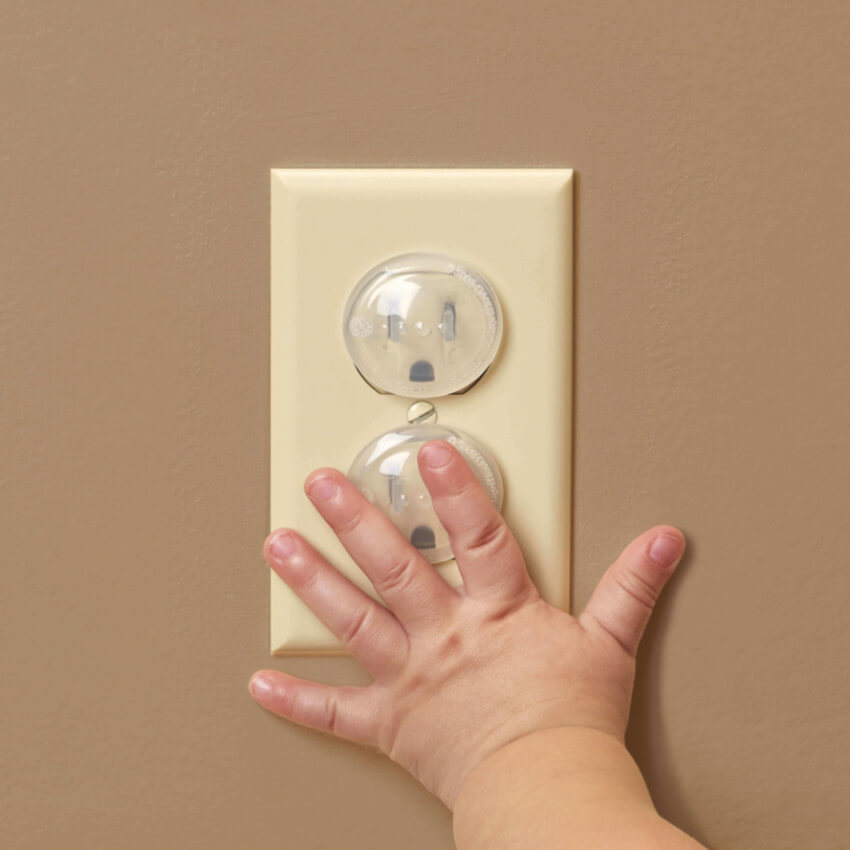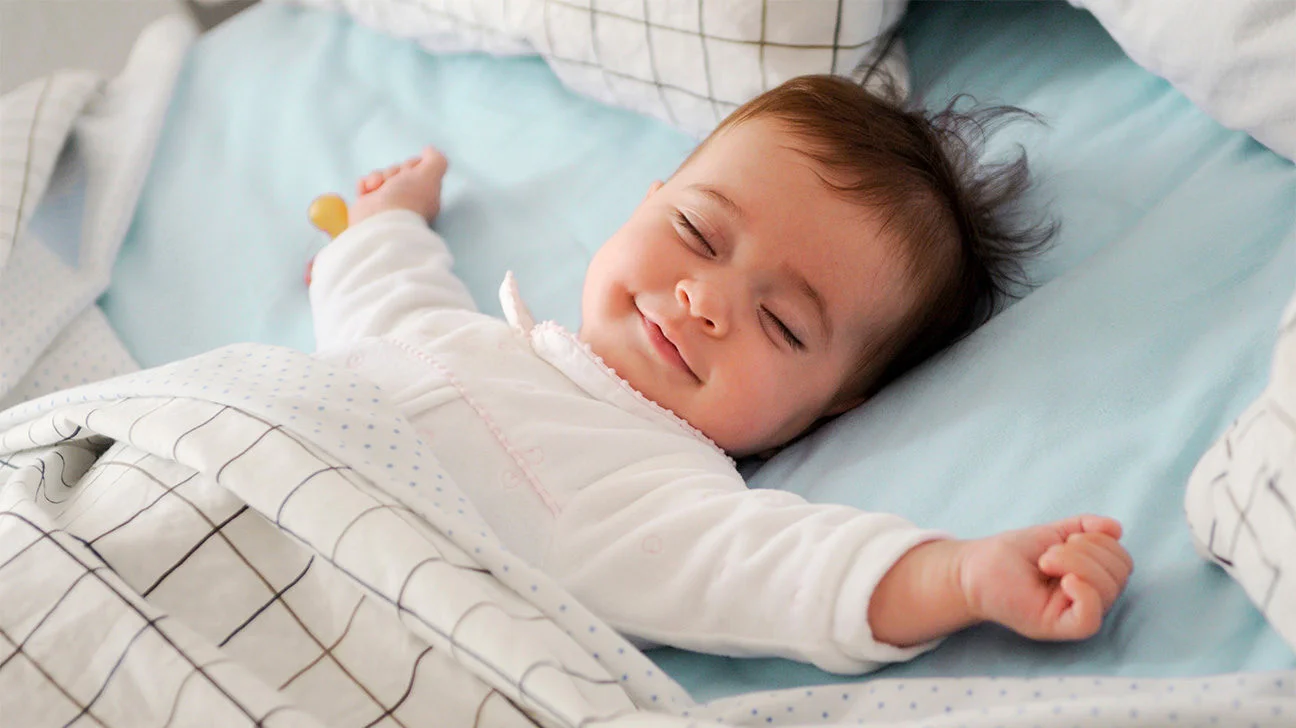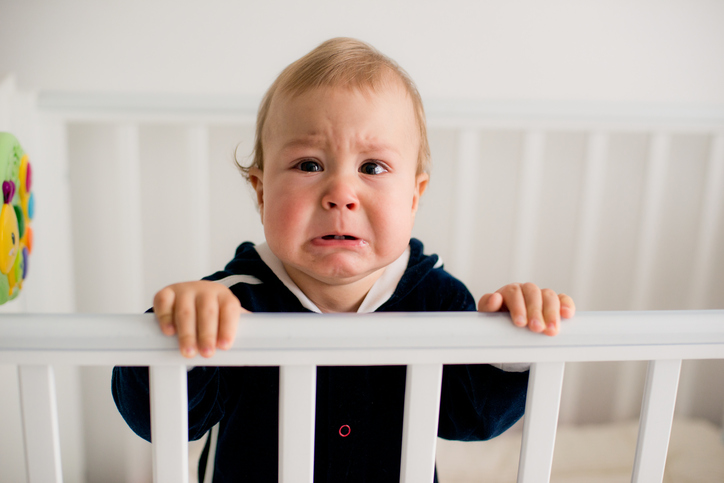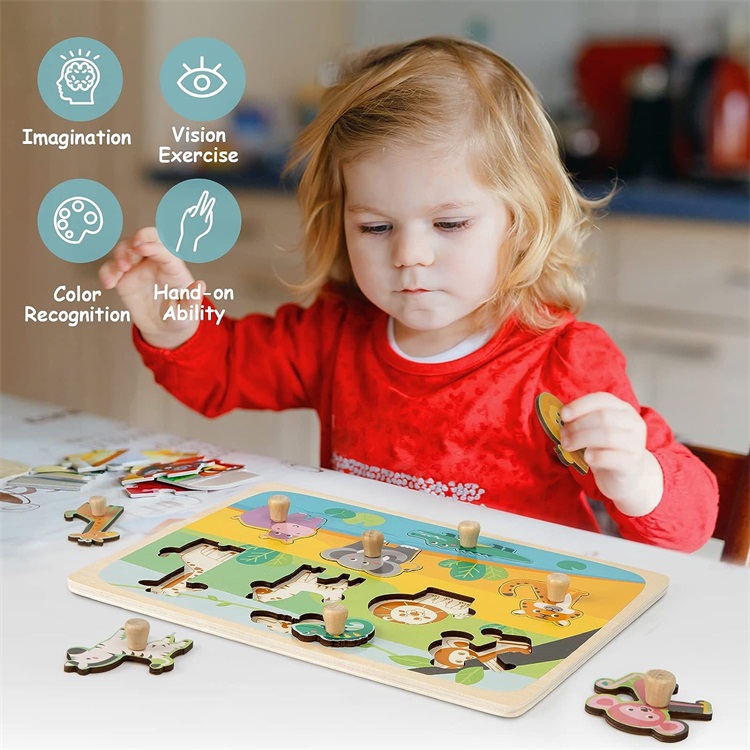Keeping Your Baby Safe: A Guide to Childproofing Your Home
I understand the importance of keeping your little ones safe and secure. Childproofing your home is an essential step in ensuring that your baby is protected from potential hazards. In this article, we’ll provide you with a comprehensive guide to childproofing your home.
Conduct a thorough inspection of your home
The first step in childproofing your home is to conduct a thorough inspection of your living space. Look for potential hazards such as sharp edges, loose wires, and unstable furniture. Make a list of all the areas that need to be addressed.
Secure furniture and appliances
Unstable furniture and appliances can pose a significant risk to your baby. Make sure that all furniture and appliances are secured to the wall or floor. Use brackets, straps, or anchors to secure bookcases, dressers, and other heavy furniture.
Install safety gates
Safety gates are an essential tool for keeping your baby safe. Install safety gates at the top and bottom of stairs, and in doorways to prevent your baby from accessing areas that are off-limits.
Cover electrical outlets
Electrical outlets can be a significant hazard for curious babies. Cover all electrical outlets with outlet covers to prevent your baby from sticking their fingers or objects into the sockets.

Lock cabinets and drawers
Cabinets and drawers can contain hazardous items such as cleaning supplies, sharp objects, and medications. Install childproof locks on all cabinets and drawers to prevent your baby from accessing these items.
Use window guards and cordless blinds
Windows can be a significant hazard for babies. Install window guards to prevent your baby from falling out of windows. Use cordless blinds to prevent your baby from getting tangled in the cords.
Keep small objects out of reach
Small objects such as coins, buttons, and beads can pose a choking hazard for babies. Keep small objects out of reach and off the floor.
Install smoke detectors and carbon monoxide detectors
Smoke detectors and carbon monoxide detectors are essential for keeping your family safe. Install detectors in every bedroom.
Keep hazardous materials out of reach
Hazardous materials such as cleaning supplies, pesticides, and medications should be kept out of reach of children. Store these items in a locked cabinet or high shelf to prevent your baby from accessing them.
Check for potential hazards outside
Don’t forget to check for potential hazards outside your home as well. Make sure that your baby’s play area is free from sharp objects, poisonous plants, and other potential hazards.
Teach your baby about safety
Teaching your baby about safety is an essential part of childproofing your home. As your baby grows and becomes more mobile, teach them about potential hazards and how to stay safe.
Stay vigilant
Childproofing your home is an ongoing process. Stay vigilant and continue to monitor your home for potential hazards. As your baby grows and develops, their needs will change, and you may need to adjust your childproofing strategies accordingly.
In conclusion, childproofing your home is an essential step in keeping your baby safe. By securing furniture and appliances, installing safety gates, covering electrical outlets, locking cabinets and drawers, using window guards and cordless blinds, keeping small objects out of reach, installing smoke detectors and carbon monoxide detectors, keeping hazardous materials out of reach, teaching your baby about safety, and staying vigilant, you can create a safe and secure environment for your little one. Remember, the safety of your baby is your top priority, and childproofing your home is an important part of ensuring their well-being.
Keywords: baby safety, childproofing, home safety, guide
Post a Comment
You must be logged in to post a comment.





